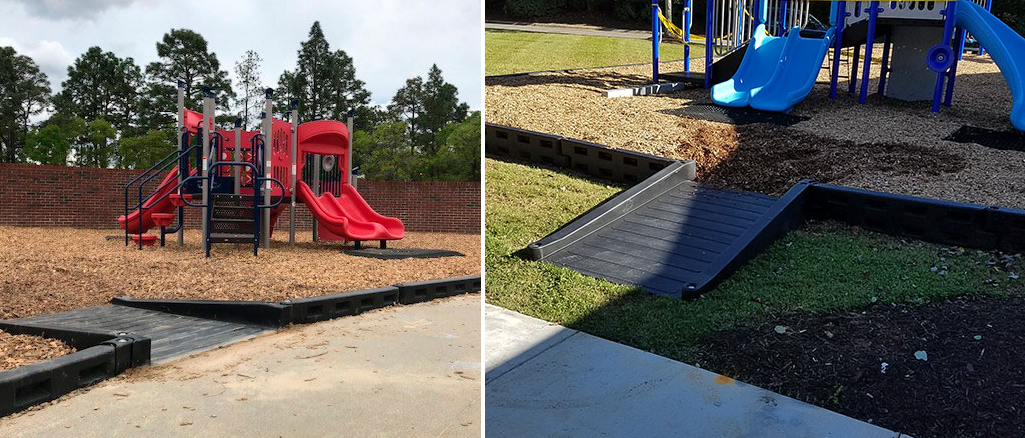Playgrounds have different areas and elements for which it is essential to establish certain limits and boundaries to ensure children’s safety and proper supervision while they enjoy these areas. They may seem a basic element, but the borders are of great help when it comes to delimiting the play areas, helping in the maintenance of the playground, and more, so in this article, we will define the borders for playgrounds and explain their function.
What are the borders for playgrounds?
The borders for playgrounds refer to the physical boundaries or barriers used to define the playground area. These borders can be elements such as walls, wooden or plastic borders, or any structure that marks the boundaries of the playground. The primary function of boundaries is to keep children within a safe play area and to prevent them from accidentally leaving the designated space.
Various functions
In addition to limiting play space, the borders can separate different playground sections, such as specific play areas and rest areas, or even create a circulation corridor around play equipment. These physical barriers are essential to maintaining order, safety, and proper supervision in the playground. They are, therefore, a fundamental element in the design and implementation of safe and appropriate playgrounds for children’s play.
Additionally, borders can be used to make gardens within playgrounds and even at home or school, as they provide a holding space where plants can be placed and teach children about gardening and environmental care.

Containment
Borders also serve as a retaining wall in spaces where the protective surface is loose, e.g., sand, wood chips, or loose rubber, playing a crucial role in retaining loose soil. These physical barriers help contain, delimit, and protect the terrain surrounding the play area, preventing loose soil from spreading beyond the established boundaries.
Thanks to the borders, it reduces maintenance costs in replacing the soil, aids cleanliness as other areas are not soiled, and helps maintain the safety and integrity of the playing surface as it does not decrease the recommended depth to ensure the safety of the children, reducing the risk of accidents and ensuring a cleaner and tidier play environment for the children enjoying the playground.
Variety
Borders for playgrounds can vary according to the size and design of the space and the age of the children using it. They offer diversity, functionality, and decoration because they provide an aesthetic element that complements the playground’s decoration and integrates with the playground’s design, forming lines and shapes that complement the space.
Beyond Boundaries
Boundaries for playgrounds are essential to ensure a safe and controlled environment where children can play and have fun without taking unnecessary risks. Establishing these physical barriers helps maintain safety and order in these playground spaces by creating a positive and enriching play environment where children can safely entertain themselves and develop their physical, social, and cognitive skills.
What did you think of this topic? Do you want to know more about borders for playgrounds?
If you want a border for your playground, project, community, school, daycare, or public park, contact us by visiting the following link.